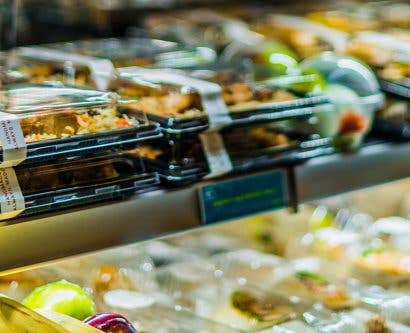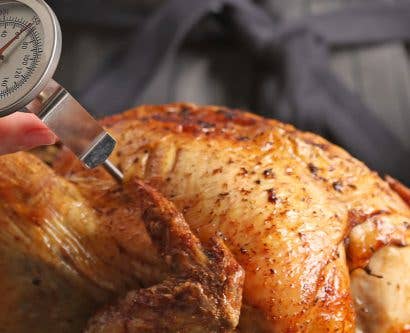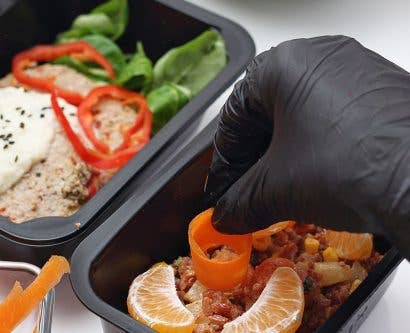Avoiding Cross-Contamination in the Kitchen
What is Cross-Contamination?
Cross-contamination is the process whereby harmful bacteria from food spreads to other foods, surfaces, hands, or equipment. It can be caused by many factors, such as if you use a chopping board to prepare raw chicken and then use the same board for ready-to-eat food.
Cross-contamination is dangerous as it can easily lead to food poisoning: an illness caused by consuming harmful bacteria, such as salmonella and E. coli.
It is everybody’s responsibility to prevent cross-contamination in the kitchen.
You must adopt safe food handling habits when preparing food, especially when handling raw meat, poultry, and seafood, which can easily carry salmonella and E. coli. These foods must be kept separate from ready-to-eat foods at all stages of the food handling process.
Need a Course?
Our Food Hygiene Training is designed to ensure a comprehensive knowledge of all food safety and hygiene procedures. For catering and hospitality, we recommend our Level 2 Food Hygiene Course.
Preventing Cross-Contamination
This article outlines ways to avoid cross-contamination in your kitchen. There are two important areas where you must take extra care with food handling – refrigeration and food preparation.
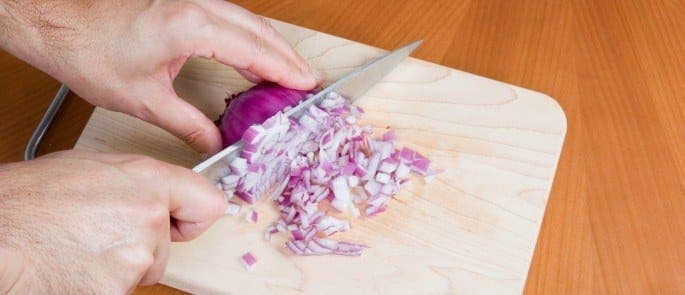
Refrigeration
Correct refrigeration procedures are essential when handling food. Some simple steps to follow are:
- Place raw meat, poultry, and seafood on the lowest shelf of the refrigerator in containers or sealed plastic bags. This prevents any juices from the meat dripping onto, and contaminating, other food.
- Always keep ready-to-eat and cooked food separate from raw food.
- Refrigerate eggs as soon as possible to increase their longevity. You should also keep eggs in their original container, to reduce the risk of them smashing.
- Ensure your fridge is the correct temperature. The law states that, in catering environments, all refrigerators must operate at 8°C or below. It is good practice to set refrigerator temperatures between 1°C and 4°C.
- Don’t place hot foods in the fridge, as this raises the overall temperature. Remember: fridge temperatures should always be below 8°C.
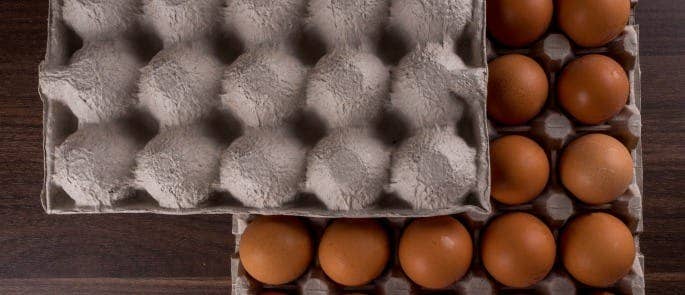
Food Preparation
All food handlers must follow the correct procedures when preparing food to prevent cross-contamination.
You should:
- Wash your hands regularly. You must always wash your hands before handling food, and especially after handling raw meat and fish. Dry your hands using paper towels – never by wiping them on yourself.
- Use colour-coded chopping boards for different food groups, particularly raw foods and ready-to-eat foods. For example, use a red chopping board for raw meat, a blue one for raw fish, green for fruit and vegetables, etc.
- Use different knives, plates, and cooking utensils for different types of food. Ensure you cut raw chicken and vegetables with different knives, for example.
- After use, you must immediately wash utensils and crockery you use for raw meat, poultry, and raw fish. This helps to minimise the risk of their juices contaminating other foods and surfaces.
- Regularly replace your chopping boards, as bacteria can get caught in knife grooves. Generally, you should replace any utensil that shows extensive evidence of wear and tear.
- Regularly clean surfaces throughout the day and always after preparing food. Ensure you use both an antibacterial spray and hot soapy water, and always use clean cloths or paper towels.
- Always wash fruit and vegetables, regardless of if you plan to peel them. The soil and water in which fruit and vegetables grow can carry harmful bacteria and parasites, which can sit on the food’s surface.
- Remove any jewellery and watches before preparing food, except for a wedding band. Jewellery can collect and spread dirt and bacteria, and can even fall into food.
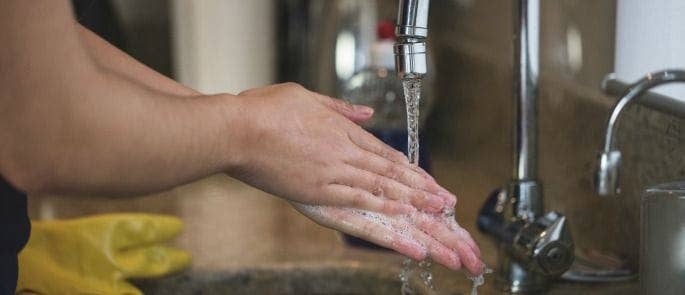
We hope this article is useful for explaining cross-contamination and the ways to avoid it. Follow the above procedures to reduce the risks of cross-contamination, and its associated health risks, in your kitchen.
What to Read Next:
- Food Safety Myths and Facts
- A Vegan Grocery List
- What’s the Importance of a Chef Uniform in Hospitality?
- What are the Four Types of Food Contamination?
- The Importance of Food Hygiene Training
- Level 2 Food Hygiene Training









